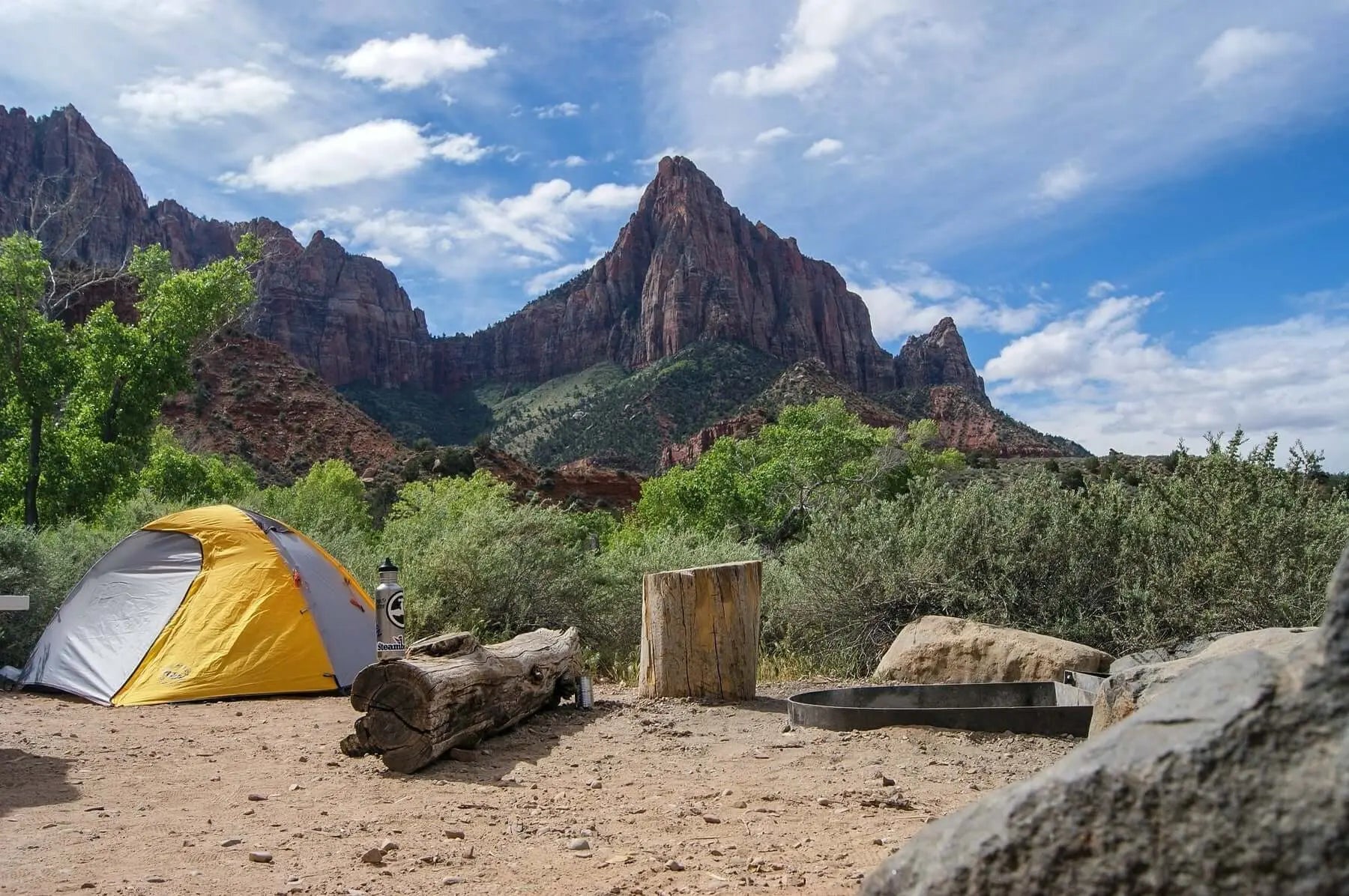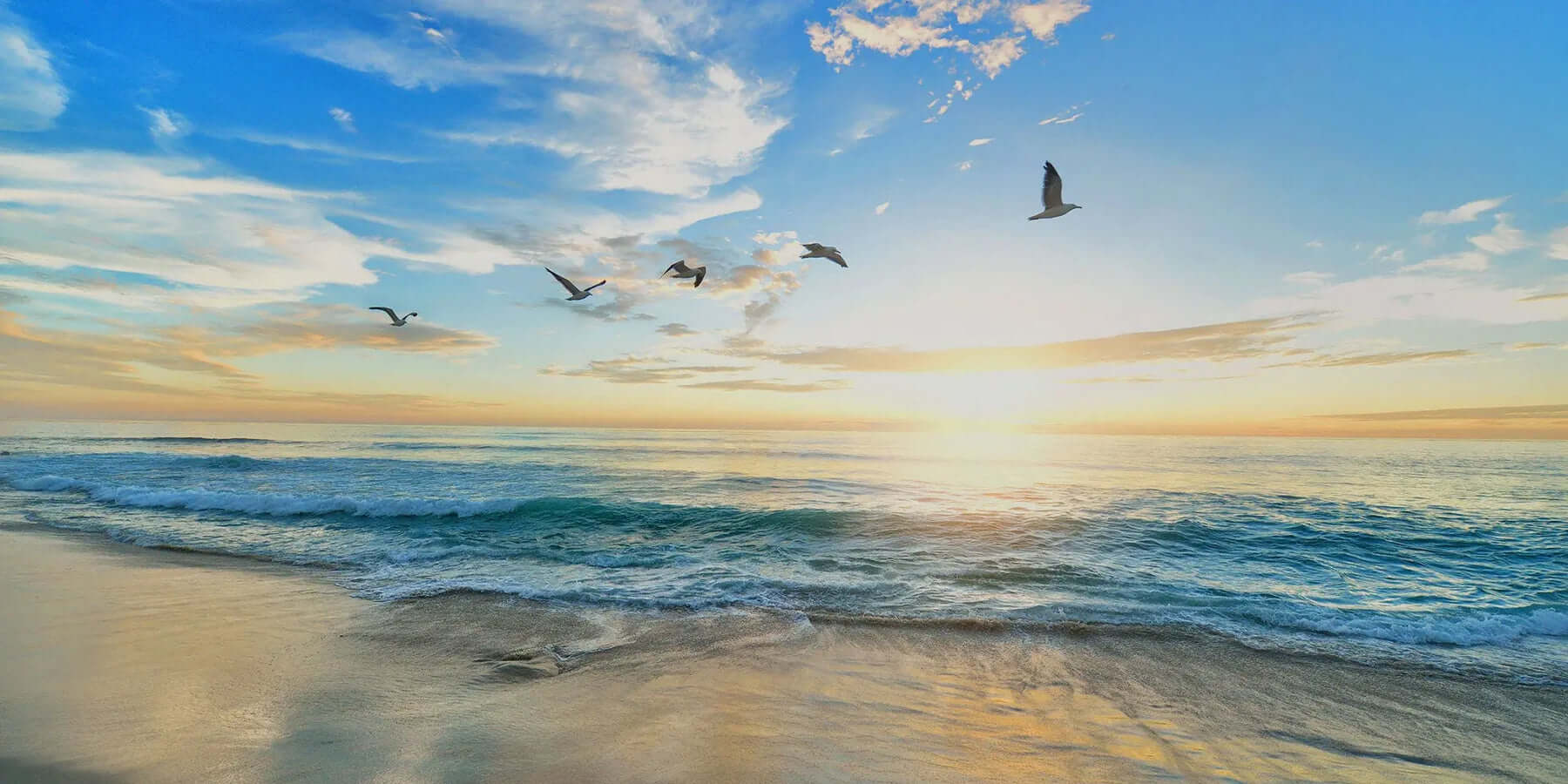Any outdoors enthusiast will tell you that camping in a national park is one of the best ways to experience America’s natural beauty.
Because these spaces are protected nature preserves, spending a night among the wilderness requires a little more knowledge and preparation than your typical weekend trip. But a real glimpse at nature in its wildest forms makes it all worth it!
Whether you are planning to camp in Sequoia National Park and sleep among the ancient trees or setting off to see a real glacier at Kenai Fjords National Park, here is what you must know when planning your national parks camping trip!
Be prepared to pay an entrance fee or buy an annual pass!

Protecting these natural spaces isn’t cheap. With more and more people visiting the parks each year, maintaining them is growing more costly.
If you camp in Sequoia National Park, you might even see evidence of what was Giant Forest Village, a lodge and campsite that has since been demolished to protect the forest from the effects of human inhabitance.
The National Parks Service offsets these maintenance costs by charging an entrance fee at each park. If you’re a true outdoors lover and plan to explore multiple parks this year, you can spring for an annual pass, which lets you explore all 63 national parks, as well as over 2,000 federal recreation sites.
An annual pass typically costs $80, but there are discounts available for military service members, seniors, and students to visit and camp in the national parks.
If you are camping in a national park, you will also need to purchase a backcountry camping permit. These permits are unique to each park and prices vary. Some are in such high demand that you may need to enter a waitlist or raffle to receive one, so plan ahead!
Know where and how you are allowed to camp.

Camping in the national parks is not as simple as showing up and setting up your tent wherever you’d like.
Most of the parks have designated areas or campsites for backcountry camping. In some cases, you will be able to set up camp anywhere within the allowed area. In others, you will need to stick to the specific campground provided.
Once you arrive, be ready to experience nature up-close and on-foot. Very few of the parks allow you to camp in an RV or your car, so practice pitching your tent before you head out!
Another rule to consider is you must keep moving! When camping in the national parks, you aren’t allowed to set up a base camp and relax there for the entirety of your visit. You are expected to pack up each morning and keep exploring. This can seem intimidating, but once your stay is over you will have experienced more of the park!
Pack appropriately.

One of the biggest mistakes travelers make when camping in the national parks is not packing appropriately.
From the tropical swamps of the Everglades, the frigid mountainside of Denali, or the colossal forests which surround you when camping in Sequoia National Park, the park system includes every sort of rugged environment.
Depending on your destination, you could be exposed to potentially dangerous weather conditions, altitudes or wildlife. Diligent preparation can be the difference between a peaceful, enriching experience and a high-risk situation.
Bringing enough water is essential, especially if you are exploring in hot weather. Aim to drink at least two liters of water per day. If you aren’t able to carry enough water bring water filters or purifying tablets. That way you can camp near a water source and not haul in jugs. But always make sure you understand the limits and requirements of your purification system.
When it comes to food, you will want to pack light. Dishes like pasta or rice are ideal when camping in the national parks. They also have the added benefit of having very little smell when uncooked, so they will be less attractive to wildlife (like bears)!
When selecting your tent, choose one no bigger than necessary as you’ll have to carry it with you each day. You’ll also need to pack the right sleeping bag and sleeping pad for the weather to keep you warm and dry.
Hygiene is important, even when living out your wilderness survival fantasies. Pack biodegradable soap, toothpaste, and washcloths and towels to keep you and your campsite clean.
Now that you know the basics, it’s time to start planning your national parks camping trip! Whether you are a world traveler or just want to experience more of the USA, the national parks are sure to find a special place in your heart.
Before you head out, sign up to receive our free checklist of every National Park. It'll point you in the right direction no matter where you're headed!









Share:
The Hidden Gems of National Parks in the USA
The Hidden Gems of National Parks in the USA